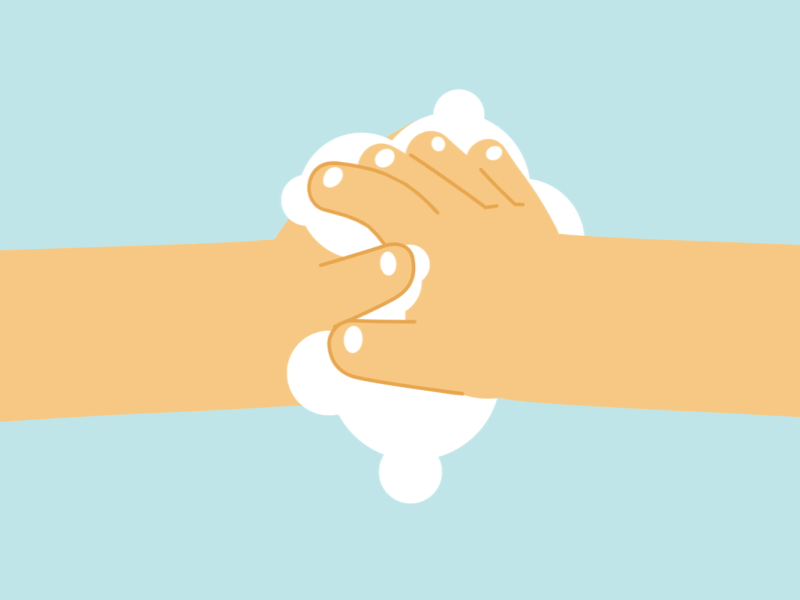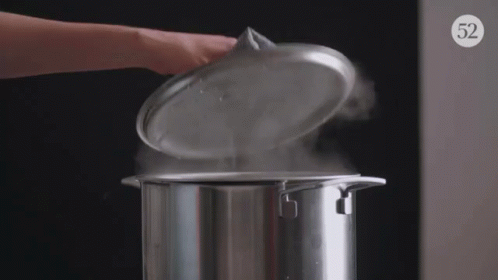Archive of ‘Uncategorized’ category
FlipBook – “The Absolutely True Diary of a Part-Time Indian”
For my English assignment, I had to research and answer questions regarding the book we’re reading in class called: “The Absolutely True Diary of a Part-Time Indian by Sherman Alexie. We had to make it into a PowerPoint and then upload it onto a website called FlipSnack.
Indigenous Explorations- Health
For the Indigenous Explorations project, my group researched the health of Indigenous people in Canada. We split the project into three parts and did three parts each, I researched the history of Indigenous health and their traditional healing practices. I talked about how colonization impacted the health of Indigenous people. Bella researched the current health of Indigenous people. She touched on the gap in the health system when it comes to Indigenous people and some factors that may contribute to that. Lastly, Kiki researched the health of the children in residential schools. She delved into how they were treated, the conditions of these schools, and how the abuse the victims faced traumatized them.
Researching the health of Indigenous people made me aware of how the health system and government in Canada do not properly address the concerns of Indigenous people. It was sad to see how things like colonization, poor living conditions, and racism impacted Aboriginal people’s health. Recording the podcast was something I was really looking forward to because I, myself listen to a lot of podcasts. It was harder than I expected because up until then, I didn’t realize that I had such a bad stuttering problem. Even though it took a couple of tries to finally get it right, I’m glad we practiced over and over. Overall, I thoroughly enjoyed recording this podcast, and it is honestly something I would want to do again.
At first, researching our topic was not as easy as I thought it would be. I had to look at various different sources to confirm that the information I was sharing was correct. However, using the school’s resources in conjunction with online sources was very helpful because it allowed me to compare my information to other sources to ensure it’s right. Since ‘health’ is a pretty broad topic we had to split it into three parts for each person in the group. I researched the history of Indigenous health, Bella researched information on the state of current Indigenous people’s health, and Kiki researched the health of Indigenous children in residential schools. As a group, the research part went pretty smoothly and we all found interesting facts and information that we combined for our topic.
Although the research part of the assignment went well, we ran into some issues recording it and posting it. We used Kiki’s computer and the audio sounded kind of muffled. However, this could be partly due to the fact that we leaned in to speak on the microphone, as opposed to passing it around, which we didn’t originally do because we didn’t want the microphone to pick up the audio of us passing it around. In hindsight, if I could do it again, I would re-record it. When it came to posting the audio we ran into an issue, where we couldn’t post the file because it was an ‘aup’ file and not an ‘mp3’ file, however, we quickly figured it out and came up with a solution on our own.
Sources:
Burnett, K. (2006, February 7). Health of Indigenous Peoples in Canada. The Canadian Encyclopedia. Retrieved March 11, 2022, from https://www.thecanadianencyclopedia.ca/en/article/aboriginal-people-health#:~:text=Minimal%20health%20services%20were%20made%20available%20to%20Indigenous,feared%20Indigenous%20communities%20might%20spread%20to%20white%20settlements.
Joseph, B. (2014, November 14). What is residential school syndrome? Indigenous Corporate Training Inc. Retrieved March 11, 2022, from https://www.ictinc.ca/blog/what-is-residential-school-syndrome
Gionet, L., & Roshanafsha, S. (2015, November 27). Health at a glance. Select health indicators of First Nations people living off reserve, Métis and Inuit. Retrieved March 11, 2022, from https://www150.statcan.gc.ca/n1/pub/82-624-x/2013001/article/11763-eng.htm
Lendsay, K. J. (2016, May 24). Express scripts canada. Indigenous Health Issues in Canada. Retrieved March 11, 2022, from https://www.express-scripts.ca/raising-health/Indigenous-Health-Issues-in-Canada
Government of Canada; Indigenous Services Canada. (2022, January 17). Suicide prevention in indigenous communities. Suicide prevention in Indigenous communities. Retrieved March 11, 2022, from https://www.sac-isc.gc.ca/eng/1576089685593/1576089741803
Jamal, S., Jones, C., Walker, J., Mazereeuw, M., Sheppard, A. J., Henry, D., & Marrett, L. D. (2021, June 16). Health Reports Cancer in First Nations people in Ontario, Canada: Incidence and mortality, 1991 to 2010. Cancer in First Nations people in Ontario, Canada: Incidence and mortality, 1991 to 2010. Retrieved March 11, 2022, from https://www150.statcan.gc.ca/n1/pub/82-003-x/2021006/article/00002-eng.htm
Luo, C. X. (2022, February 16). The water crisis in Canada’s First Nations communities. ArcGIS StoryMaps. Retrieved March 11, 2022, from https://storymaps.arcgis.com/stories/52a5610cca604175b8fb35bccf165f96
Community Connections
For my Community Connections assignment, I interviewed Bara’a Alabass. She is a transportation coordinator. I chose to interview her because I wanted to learn more about the supply chain industry.
responsible for coordinating export shipments to be transported to other countries. This involves using multiple port systems on the computer, tracking vessel schedules, coordinating with customers, and ensuring we are equipped to meet the customers need for the export. My job is computer-based and requires quick and efficient problem-solving. There are different types of transportation coordinators – those that focus on import (containers/product coming into Canada from other countries), those that focus on the highway (loads being hauled to farther locations within Canada or US), and those focusing on export (containers leaving Canada to other countries).”
 2. What obstacles have you faced to get you where you are today?
2. What obstacles have you faced to get you where you are today?
“I did not know about transportation management as a career until I worked a customer service role in the supply chain. There, I became interested in aspects of the supply chain that I never would have known before. I worked multiple jobs to eventually get to where I am now and obtained my bachelor’s degree while working full time. As a minority, I struggled to get any interview offers, as employers immediately assumed I wasn’t qualified when they looked at my foreign name. It was very difficult to find workplaces that respected and employed different minorities and valued their unique experiences.”
3. What advice would you pass on to someone interested in what you are doing?
“Research different roles in the supply chain! When people think “supply chain”, they think about warehouse workers lifting heavy boxes. But there are many more roles beyond that, all of which are just as crucial. Supply chain positions as a “career” aren’t normally advertised in high school or university – people just stumble upon them.”

4. Why are you passionate about your job or role?
“I’m passionate about learning about different facets of the supply chain, and why they are contributing to supply chain issues across the world today. There is a wealth of knowledge to learn, all of which can be applied to any country.”
5. What is your favourite part about your job?
“My favourite part of my job is problem-solving. Every day is different, and every issue that comes up is often unique. For example, a driver’s reservation at the port to drop off a container may be invalid – in this case, I would need to reach out to the port to see why, and ensure nothing has changed with the booking. I speak with multiple people every day and am never bored in my role due to the constant challenges that come up. I also love that my employer pays a fair wage, and employs many people from various backgrounds.”
6. If you could have any other job what would it be?
“My goal is to become a transportation manager (oversee operations of an entire company). However, if I didn’t work in transportation, I would love to be an equine-assisted therapist, since I have a bachelor in psychology and love horses. Equine-assisted therapists offer counselling/therapy and use horses as a therapeutic buffer/aid.”
Recipe Hunt
A Frittata (Breakfast) A frittata is an egg-based Italian dish. You can add a variety of vegetables, meats and cheeses. https://www.food.com/recipe/baked-frittata-for-one-12660 
A Crustini (Lunch) is essentially a soft fried egg, garlicky mushrooms, and spinach on toast. Egg and Mushroom Cheese Crostini | Get Cracking (eggs.ca)

Shakshuka (Dinner) Shakshuka is a middle- eastern dish. It consists of soft poached eggs in a tomato-based sauce. Shakshuka For One | Get Cracking (eggs.ca)
Part 3:
(Pictures:)
CC Self-Assessment
I can take responsibility for my learning, asking for help as I need it. When I didn’t understand how to write chemical formulas I made sure to ask questions. I asked for help from the people around me and asked my teacher lots of questions to make sure I understood the concept. I know that the only way to succeed in my learning is if I ask for help and understand what I am doing.
I can gather, select, evaluate, and synthesize information. When making my information fluency sway I had to research a lot of information about my element, mercury. I looked at many different websites for my questions and gathered the most accurate and important information. I used my previous knowledge about the element and combined it with the new information I found online. In the end, I made sure I understood what I was writing, and I was able to write a well-thought-out sway based on everything I knew and learned.
Visual Safety Guide
- Wash your hands

2. Always use oven mitts or pot holders when to handle hot dishes

3. Use a wooden spoon since it is a non-conductor of heat.
4. Lift saucepan lid away from you to prevent burns from steam 
5. Only use a cutting board to cut food 